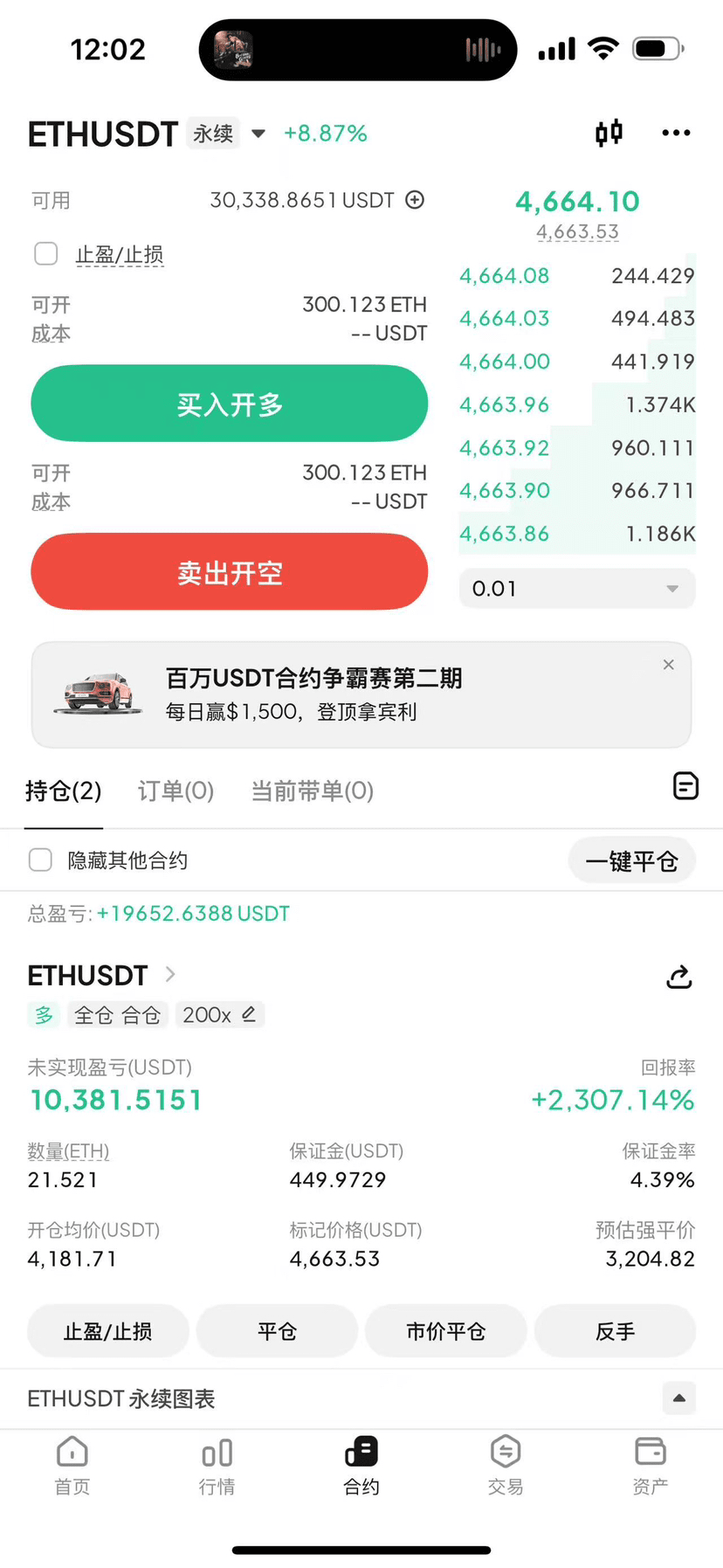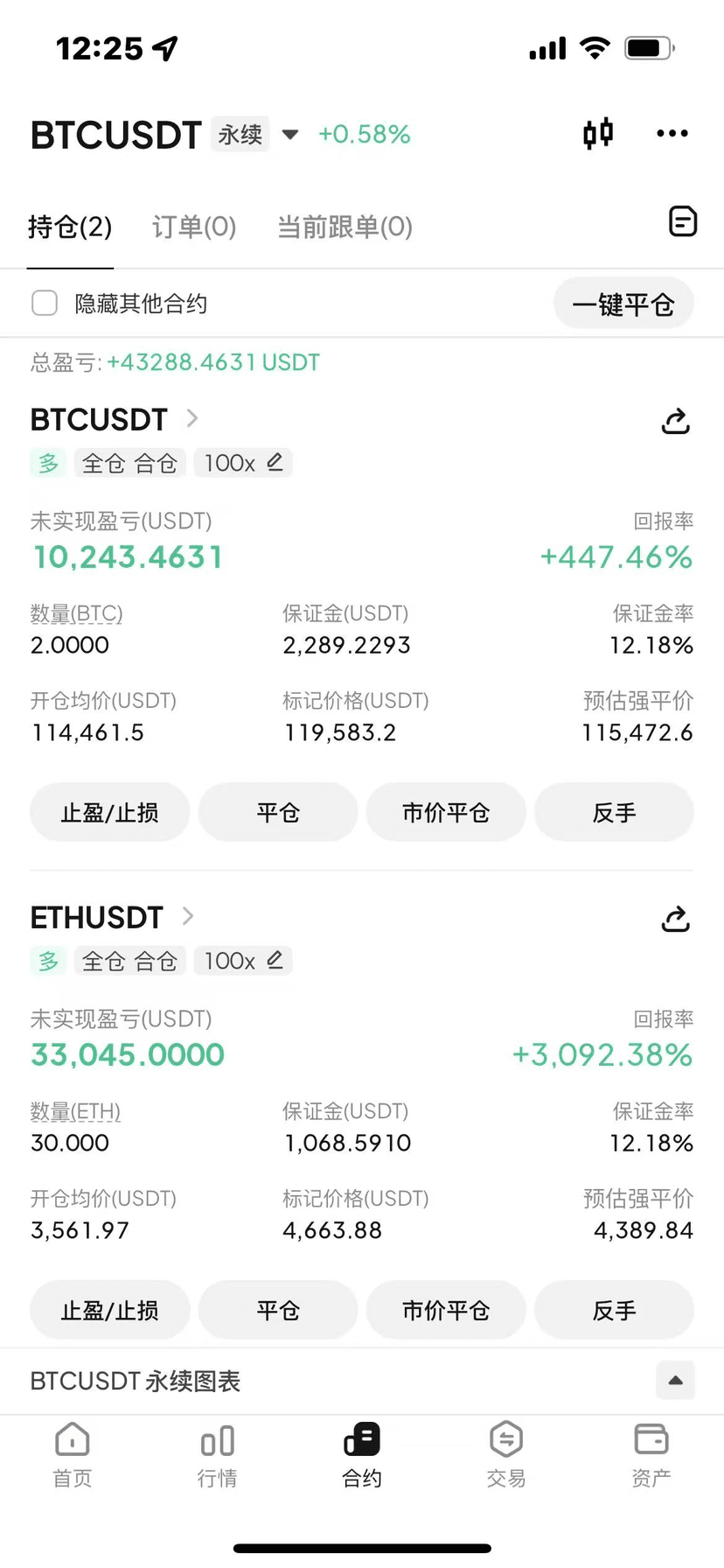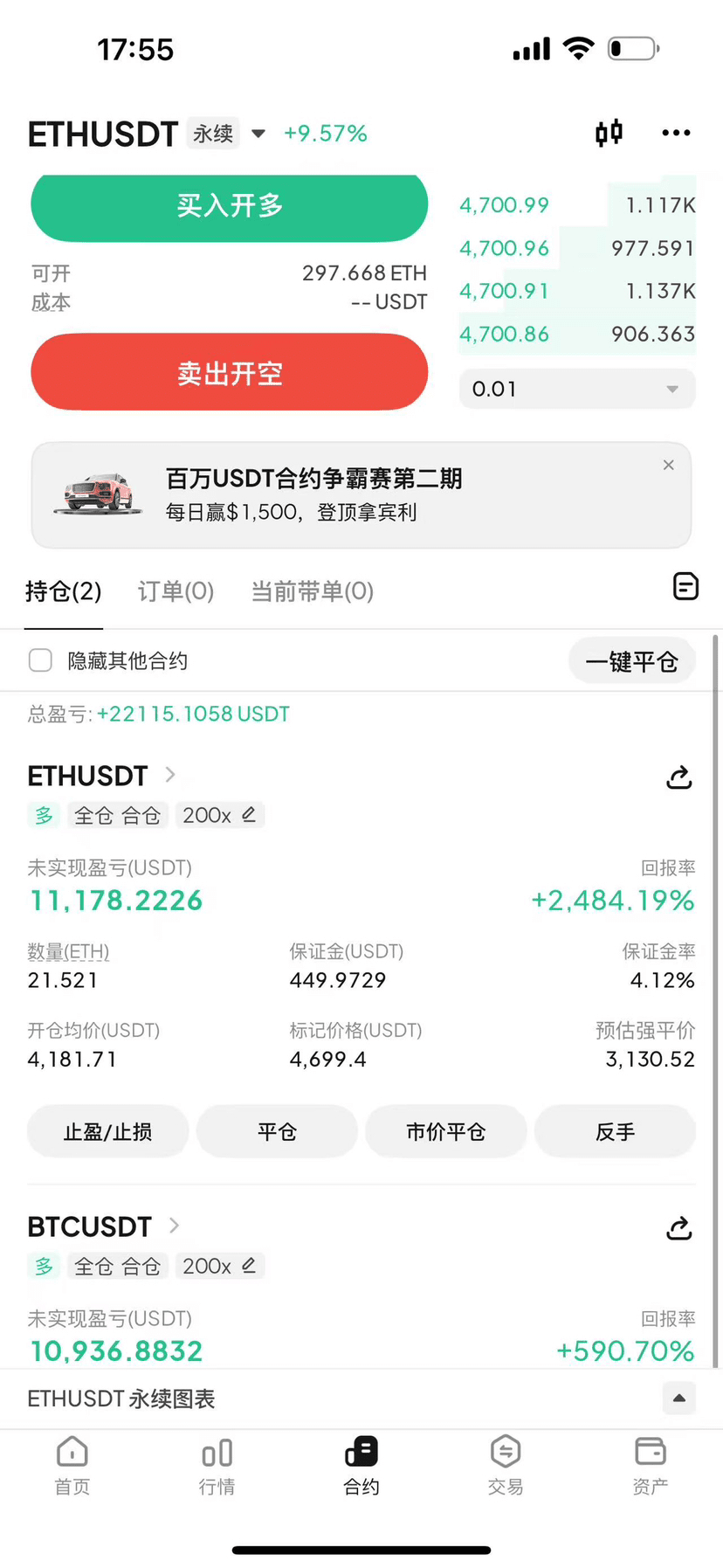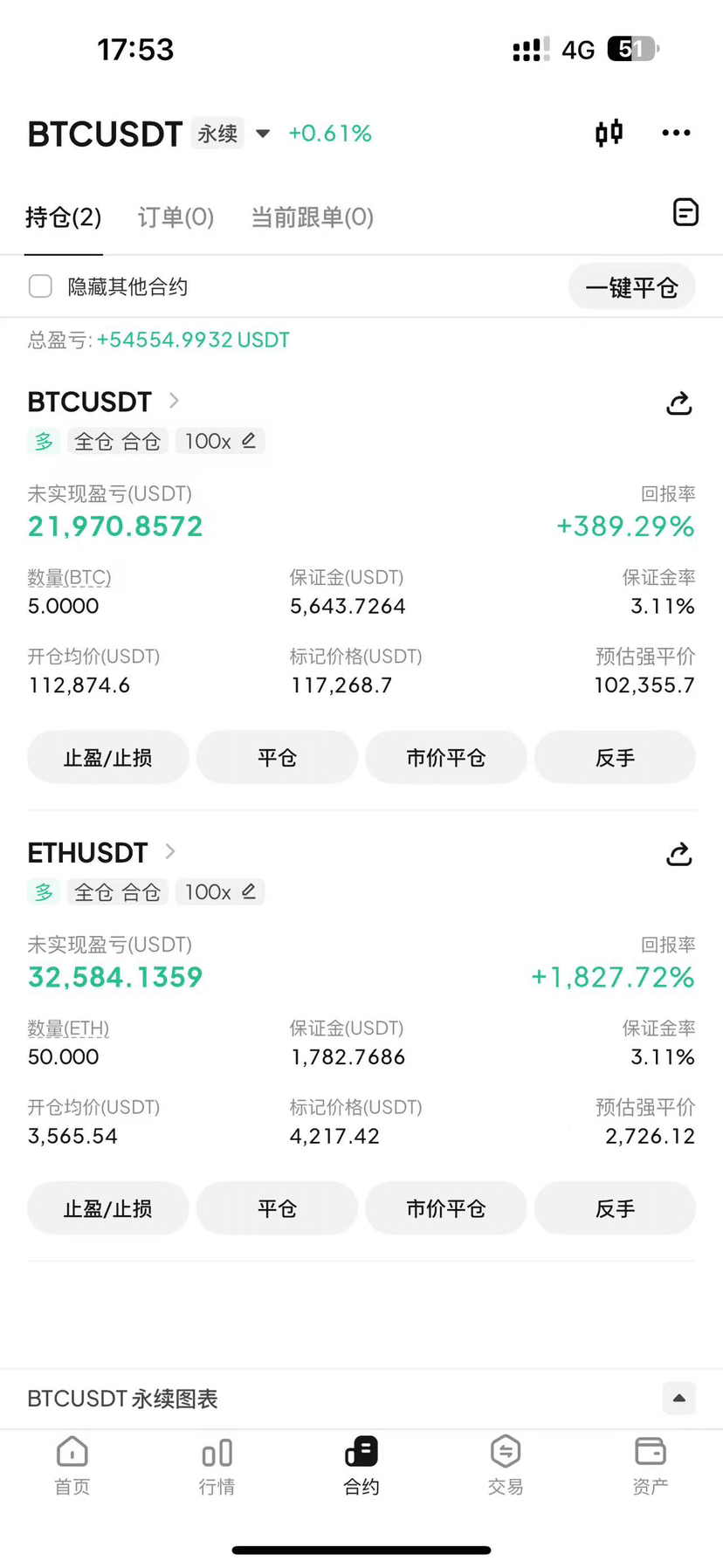Recently, a fan complained to me, saying that they correctly predicted the ETH market, held their position for four days, and lost 1000 USDT to the funding fee, ultimately getting liquidated. As soon as they closed their position, the market shot up...
It's not the market that traps you, it's that you haven't seen through the ‘game rules’ of contracts. Today, I will break down 3 ‘hidden tricks’ that exchanges won't mention. Avoiding these will at least reduce your losses by half!
1. Funding fee: quietly eating away at your profits
Many people focus only on the K-line for contracts, completely ignoring the funding fee that is deducted every 8 hours.
• Positive rate: Longs pay shorts (for example, if you go long, even if you profit from the market, the funding fee will 'steal' your profit)
• Negative rate: Shorts pay longs (when the direction is reversed, the funding fee will accelerate liquidation)
Pitfall avoidance methods:
• Avoid time periods where the rate is >0.1% for two consecutive rounds (too high a rate means the longer you hold, the more you lose)
• Don't hold positions for more than 8 hours (the funding fee is deducted 3 times a day, holding positions = giving money to the exchange)
• Try to be on the side of ‘reverse funding fee’ (for instance, going long when the rate is negative is like ‘earning money from the exchange’)
2. Liquidation line: ‘one step closer’ than you calculated
Don't think that a 10x leverage will only get liquidated after a 10% drop! The actual situation is:
When the platform liquidates, it will additionally charge a liquidation fee, causing the liquidation line to be ‘closer’ than you calculated (for instance, with 10x leverage, it might liquidate after a 5% drop).
Pitfall avoidance methods:
• Don’t go all-in! Use ‘isolated margin mode’, liquidation only affects the current position and does not impact other funds
• Keep leverage at 3-5 times (high leverage = closer liquidation line, lower margin for error)
• Keep enough margin (the more margin, the farther the liquidation line, the stronger the ability to bear risks)
3. High leverage: Seems exciting, but is actually a ‘slaughter knife’
100x leverage looks appealing, but the hidden costs are outrageous:
Transaction fees and funding fees are calculated based on the ‘total borrowed amount’ (for example, if you use 100x leverage to open 1000 USDT, it’s equivalent to borrowing 99000 USDT, and the fees will be deducted based on 99000 USDT). Even if your direction is correct, the money you earn may not be enough to cover the fees!
Pitfall avoidance methods:
• High leverage should only be used for ‘short-term trades’ (quick entry and exit, reduce funding fees and transaction costs)
• Use low leverage (3-5 times) for ‘long holding’ (when the direction is clear, use time to exchange for space, lower cost)
• The higher the leverage, the exponentially higher the risk (don’t treat leverage as a ‘life-or-death tool’)
In contract trading, it's not about ‘guessing the rise and fall’, but about understanding the rules + controlling risks. Exchanges are not afraid of you losing money; they are afraid of you understanding these ‘hidden tricks’.
Want to survive in the crypto world? Don’t bet on the direction, bet on the rules. Follow me for more contract ‘pitfall avoidance techniques’ to help you pay less tuition and earn more money.






